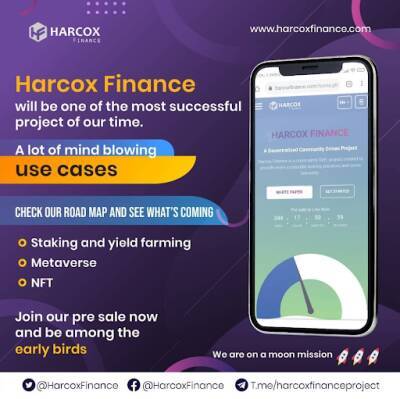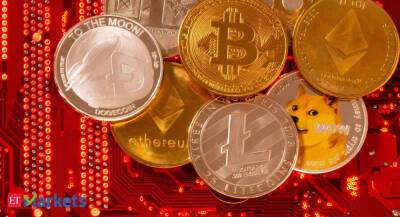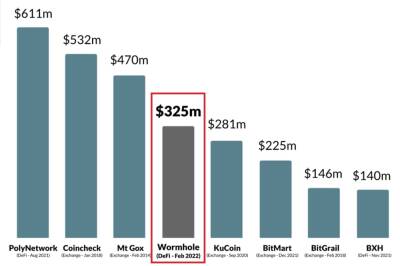Digital Denarius: How a crypto revolution could have saved the Roman Empire
Two currency crises two thousand years apart. Modern-day Venezuela and the Roman Empire have more in common than you might think. Both know too well the dangers of soaring inflation and a collapse in investor confidence. But, only one has crypto on its side.
Venezuela’s official currency, the bolívar, has suffered from hyperinflation for half a decade due to repeated currency devaluations, minimum wage rises and significant public spending increases.
For a sustained period of several centuries, the Roman Empire enjoyed the enormous trade and commercial benefits associated with the world’s first fiat currency, as explored in my book Pugnare: Economic success and failure. The Roman currency was comprised of three coins: gold (Aureus), silver (Denarius) and copper or brass coins (Sestertius and Dupondius). Crucially, and despite fluctuations in the value of the underlying metal, the exchange rate between them was fixed by imperial decree.
This seemingly simple financial innovation brought with it untold wealth and commercial opportunity to the citizens of the Roman Empire, leading to the transition of Ancient Rome from an empire dependent largely on the spoils of war and imperial conquest to one founded on trade, commerce and free enterprise.
Just as with modern currencies, it was underpinned by a sophisticated banking system, which allowed goods to be bought and sold without the physical transfer of tonnes of precious metal. Most of their money was also like ours: created by banks out of thin air when they made loans. Just like modern economies, the majority of Rome’s money supply was held in bank deposits rather than cash in circulation. Though modern-day electronic transactions are faster, whether you use a graphics card or
Read more on cointelegraph.com




















